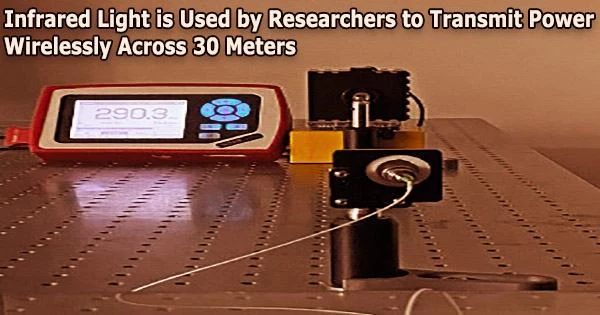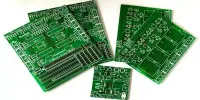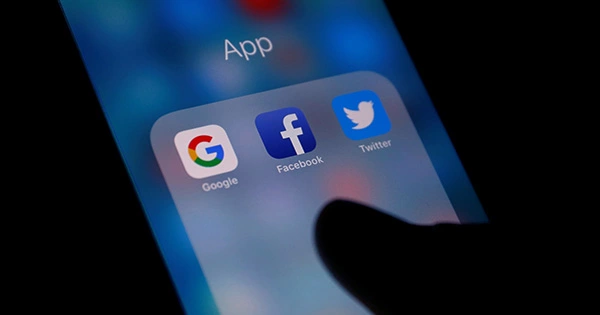Infrared light is a type of electromagnetic radiation that has longer wavelengths than visible light, but shorter wavelengths than microwaves. It is sometimes referred to as “heat radiation” because objects that are warm emit it, and it is often used in heat-sensitive imaging applications.
Imagine your smartphone automatically starting to charge as you enter an airport or grocery shop. According to a new wireless laser charging technology that resolves some of the issues that have impeded earlier attempts to create secure and practical on-the-go charging systems, this might become a reality one day.
“The ability to power devices wirelessly could eliminate the need to carry around power cables for our phones or tablets,” said research team leader Jinyong Ha from Sejong University in South Korea. “It could also power various sensors such as those in Internet of Things (IoT) devices and sensors used for monitoring processes in manufacturing plants.”
The researchers explain their innovative method, which employs infrared light to securely transfer huge levels of power, in the Optica Publishing Group journal Optics Express. According to laboratory studies, it was capable of transferring 400 mW of light power up to 30 meters. With future advancement, this power could be boosted to levels required to charge mobile devices. It is adequate for charging sensors.
Several techniques have been studied for long-range wireless power transfer. It has been challenging to reliably transmit enough power across meter-level distances, though. The researchers developed distributed laser charging, which has recently received increasing attention for this application because it offers secure high-power illumination with less light loss, to get around this problem.
“While most other approaches require the receiving device to be in a special charging cradle or to be stationary, distributed laser charging enables self-alignment without tracking processes as long as the transmitter and receiver are in the line of sight of each other,” said Ha. “It also automatically shifts to a safe low power delivery mode if an object or a person blocks the line of sight.”
Going the distance
Distributed laser charge functions similarly to a conventional laser, except the optical parts of the laser cavity are split into a transmitter and a receiver rather than being combined into one unit.
The ability to power devices wirelessly could eliminate the need to carry around power cables for our phones or tablets. It could also power various sensors such as those in Internet of Things (IoT) devices and sensors used for monitoring processes in manufacturing plants.
Jinyong Ha
The device may deliver light-based power when the transmitter and receiver are in line of sight because a laser cavity is created between them over the air or other open space. To achieve hazard-free power distribution in the air, the system automatically shifts to a power-safe mode whenever an obstruction blocks the transmitter-receiver line of sight.
Researchers employed an optical power source with an erbium-doped fiber amplifier and a core wavelength of 1550 nm in the novel system. At the power levels utilized, this wavelength range is in the safest part of the spectrum and doesn’t harm skin or eyes in humans. A wavelength division multiplexing filter, another essential component, produced a narrowband beam with optical strength that was safe for free space propagation.
“In the receiver unit, we incorporated a spherical ball lens retroreflector to facilitate 360-degree transmitter-receiver alignment, which maximized the power transfer efficiency,” said Ha. “We experimentally observed that the system’s overall performance depended on the refractive index of the ball lens, with a 2.003 refractive index being the most effective.”
Laboratory testing
The researchers separated a transmitter and a receiver by 30 meters to show how the system worked. The receiver unit featured a retroreflector, a photovoltaic cell that transforms the optical signal into electrical power, and an LED that glows when power is being given. The transmitter was made of the erbium-doped fiber amplifier optical source. It would be simple to include this receiver, which measures roughly 10 by 10, into gadgets and sensors.
The experimental results showed that a single-channel wireless optical power transfer system could provide an optical power of 400 mW with a channel linewidth of 1 nm over a distance of 30 meters. The photovoltaic converted this to an electrical power of 85 mW.
The researchers also demonstrated how, when the line of sight was broken by a human hand, the device switched immediately to a safe power transfer mode. The transmitter generated a very low intensity light in this mode that posed no danger to people.
“Using the laser charging system to replace power cords in factories could save on maintenance and replacement costs,” said Ha. “This could be particularly useful in harsh environments where electrical connections can cause interference or pose a fire hazard.”
The researchers are working to make the system more useful now that they have successfully proved it. For instance, the solar cell’s efficiency could be raised to more effectively convert light into electrical power. Also, they want to figure out how to charge numerous receivers at once using the technology.
















